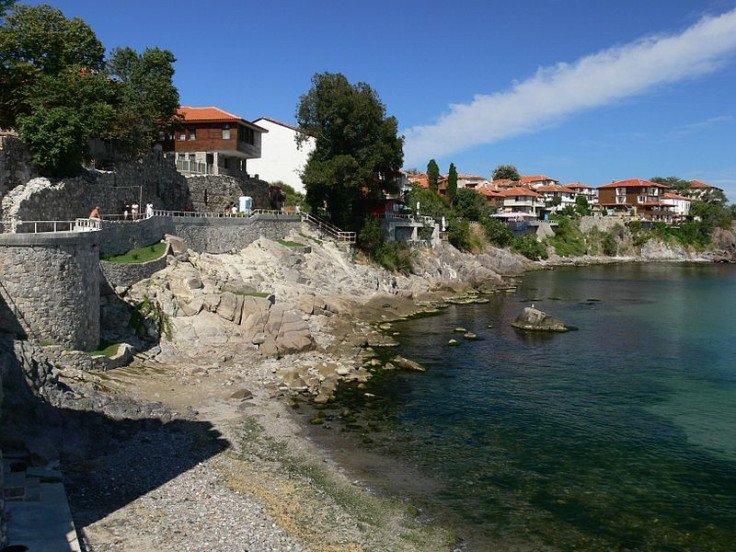Two Vampire Skeletons Discovered Near Black Sea in Bulgaria

Two human skeletons with iron rods pierced through their chests, the old-time practice to stop the dead from turning into vampires, have been discovered near the Black Sea town of Sozopol in Bulgaria.
Carbon data testing suggests the skeletons date back 800 years to the Middle Ages. According to archaeologists, the practice of putting a wooden or metal stake through the heart of a suspected vampire before burying them was common practice in the area up until a century ago.
"These two skeletons illustrate a practice which was common in some Bulgarian villages up until the first decade of the 20th century," Bozhidar Dimitrov, chief of the National History Museum in Sofia, told the Daily Mail.
Folklore surrounding the myth of vampires is common in a number of countries and cultures and has been so since ancient times. However, the legends and tales really only entered popular imagination in the medieval period in Europe, where corpses of people suspected of being vampires were pinned down to their graves with iron rods through their hearts.
Legend had it that iron was a strong enough medium to counter the evil of vampires.
"These people were believed to be evil while they were alive, and it was believed that they would become vampires once they are dead, continuing to torment people," Dimitrov added.
The chief also said that over 100 skeletons, buried in the same manner, had been unearthed across Bulgaria.
"I do not know why an ordinary discovery like that became so popular. Perhaps because of the mysteriousness of the word 'vampire'," he said, adding that since none of the skeletons found buried with iron rods in Bulgaria were female, the Bulgarians of that period may not have believed in or been afraid of suspected witches.
However, a skeleton, supposedly of a female vampire, with a brick jammed in her mouth, was discovered in a mass grave of victims of plague - dated to 1576 - in May. According to archaeologists, she was buried with her jaws jammed in the belief that it would prevent her feeding on other plague victims.
© Copyright IBTimes 2025. All rights reserved.




















